Gorée Island is a tiny isle a couple of miles off the coast of Dakar, and is the city’s most popular day trip destination. Gorée makes for a colourful and cosy sight, but carries a heavy history. Trot Op! booked a room for three nights after finishing an assignment in Senegal and found out what it was all about.
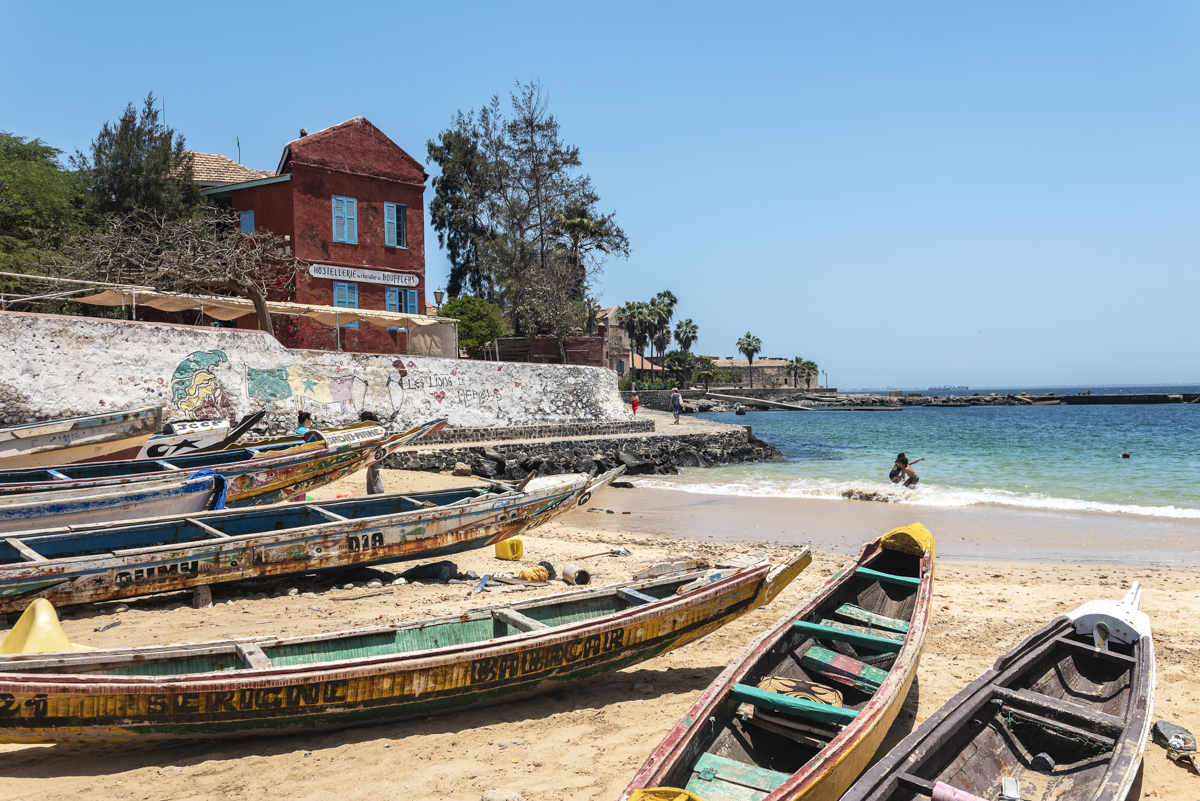
‘Whether I’d like to fly to Dakar to take a couple of pictures?’ Well friends: don’t mind if I do! Dakar is, after all, a big name as far as African cities go. For years, the Senegalese capital was home to the finish line of the world’s most famous rally. For more than a decade now, the race has had nothing to do with neither Paris nor Dakar, but the name remained the same nonetheless. My pictures would be taken on the Global Mercy: Mercy Ships’ new pride and joy, serving as a floating hospital for people with limited access to medical care. This impressive vessel was outfitted in the Port of Antwerp a year and a half ago, which allowed me to take several professional visits in the process – while it was still mostly empty. Well, things have certainly changed since then. Apart from the patients, more than 600 volunteers work and live on the ship today. Six of them are Belgians, and together with a cameraman and a journalist, I was allowed to follow them for a week. Two worked in the infirmary and the operating room, and this is where you’ll see some things. From children with cataract or crooked legs to people with unimaginable growths on their faces: here they get their operation and are eased back towards a normal quality of life, but as an outsider their stories stay with you. Luckily the enthusiasm and warmth of the volunteers made up for a lot. As did the surprisingly tasty food served in the canteen (partly cooked by a chef from Antwerp by the way: thanks Peter).
*In 2009 the Dakar Rally moved to South America. As from 2020 it is organised in Saudi Arabia.
Gorée Island: the perfecte day trip from Dakar
Fantastic experience all in all, but certainly one that leaves a mark. Partly because of this, I decided not to spend my three extra days in Senegal in its hectic capital, but on nearby Gorée Island: a tiny but completely unique isle a few miles from the harbour, and the main day trip destination from Dakar. Compared to the almost insane traffic across the water, Gorée island is a breath of fresh air. There isn’t a single car or asphalted road to be found on the entire island – total surface area: 28 hectares – and for the 1.800 people who made their homes here, life seems to pass by quietly. The photogenic beach, the elegant palm trees and the colourful but slightly faded facades make for a picturesque scene. And yet – there’s always a catch – the place is burdened with an incredibly dark past. Let’s talk about that a bit later and actually try and get there first.
Taking the ferry to Gorée Island
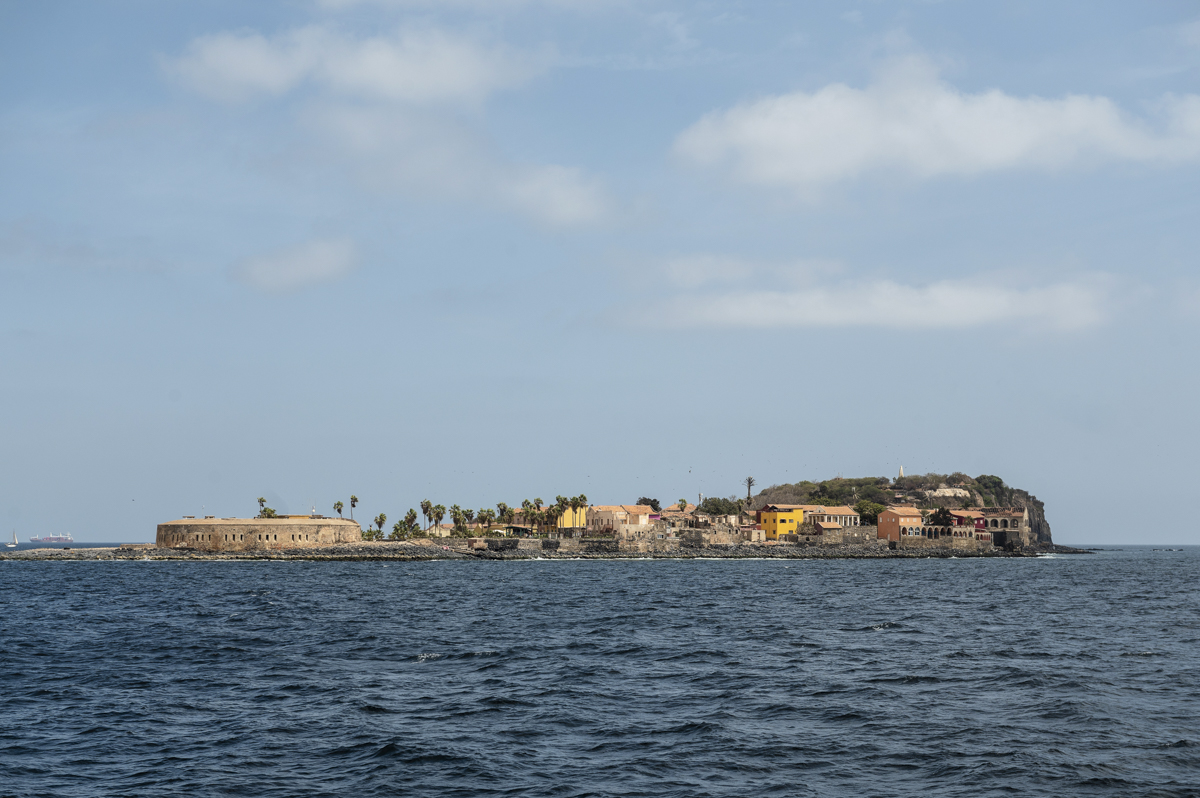
Yes, this is the whole island.
There are two ways to reach Gorée from Dakar. The first is swimming there yourself. This sounds pretty ridiculous, but every year a competition is held where you can have a try – don’t tell me it can’t be done. Feeling a little less sporty? Then I suppose you could take the ferry. It goes back and forth several times a day and you buy your tickets straight at the booth (bring your passport). They’re all round-trip tickets and cost the equivalent of a couple of bucks. The transfer takes about half an hour and those who can grab a seat on the upper deck can enjoy a free sightseeing tour. There are always a couple vendors/touts on the ferry who’ll try and sell you a few souvenirs or convince you to check out their stall on the island. If you’re not interested, just keep smiling, nodding, and refusing until they give up and target an even dumber-looking tourist instead. What you should certainly never do is make any false promises. They’ll remember and will harass you every time you see them. Once on the island, the vendors can be found in a few fixed places: around the beach, on the little market behind it and on the slopes of castel: an old French fortress on the southern part. If you’re an introvert or allergic to haggling, you now know where not to go.
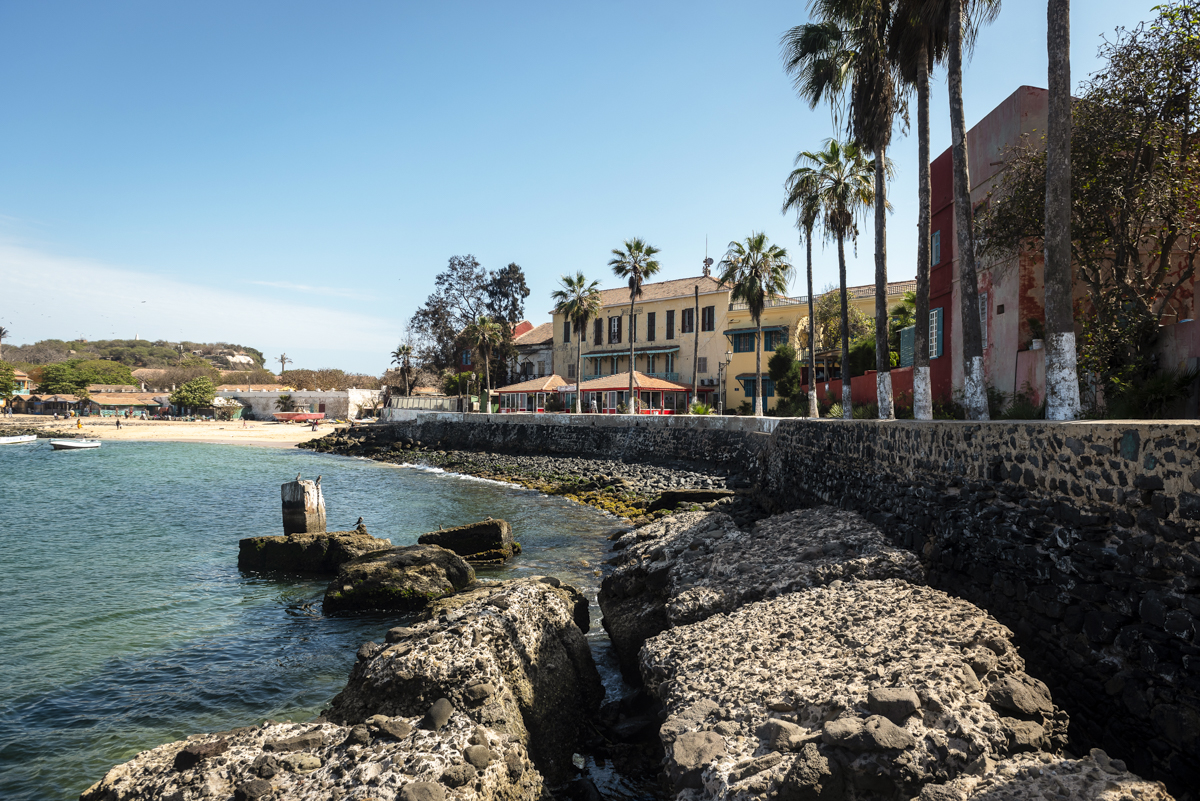
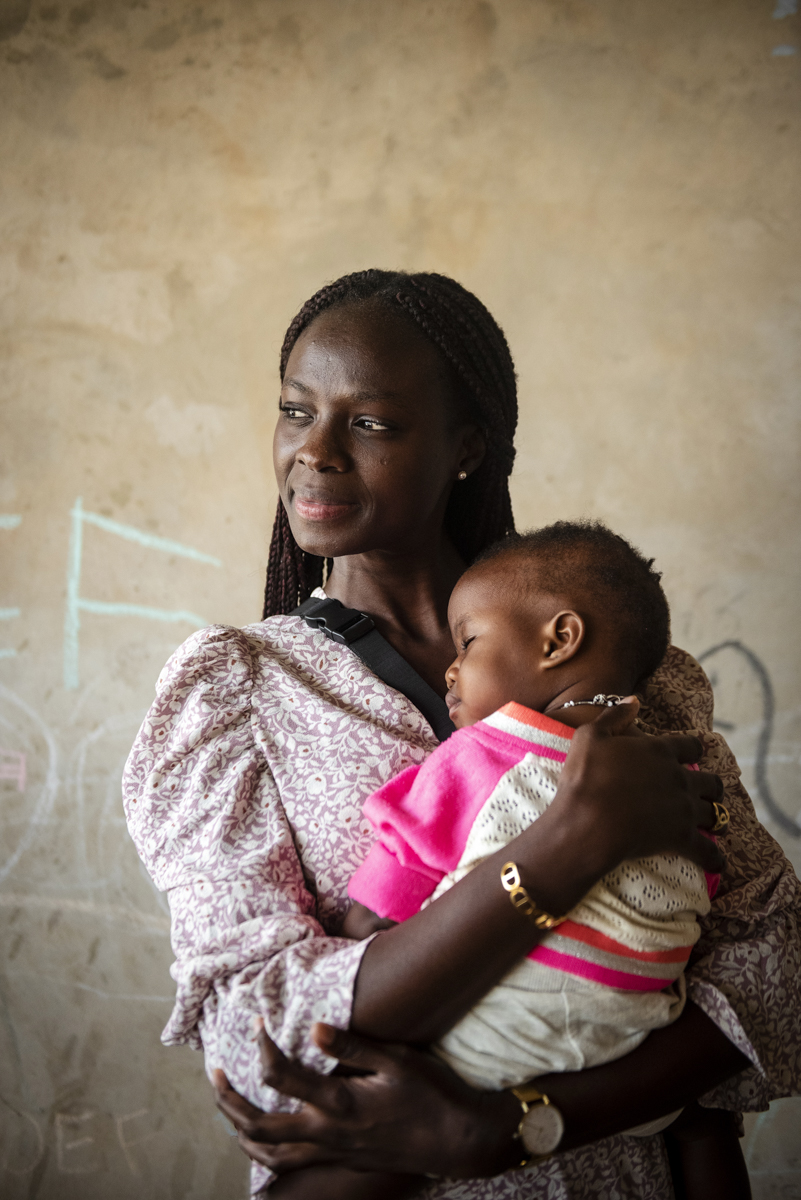
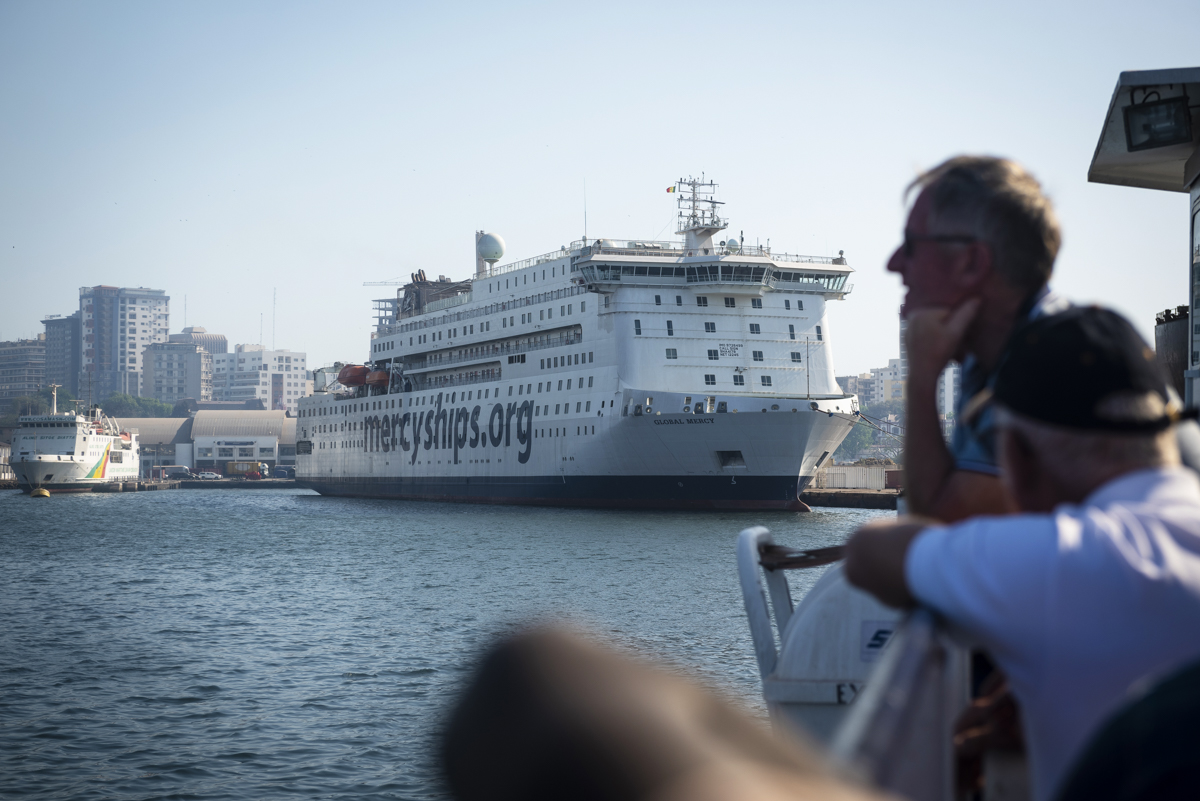
La Maison du Marin: a Belgian link on Gorée
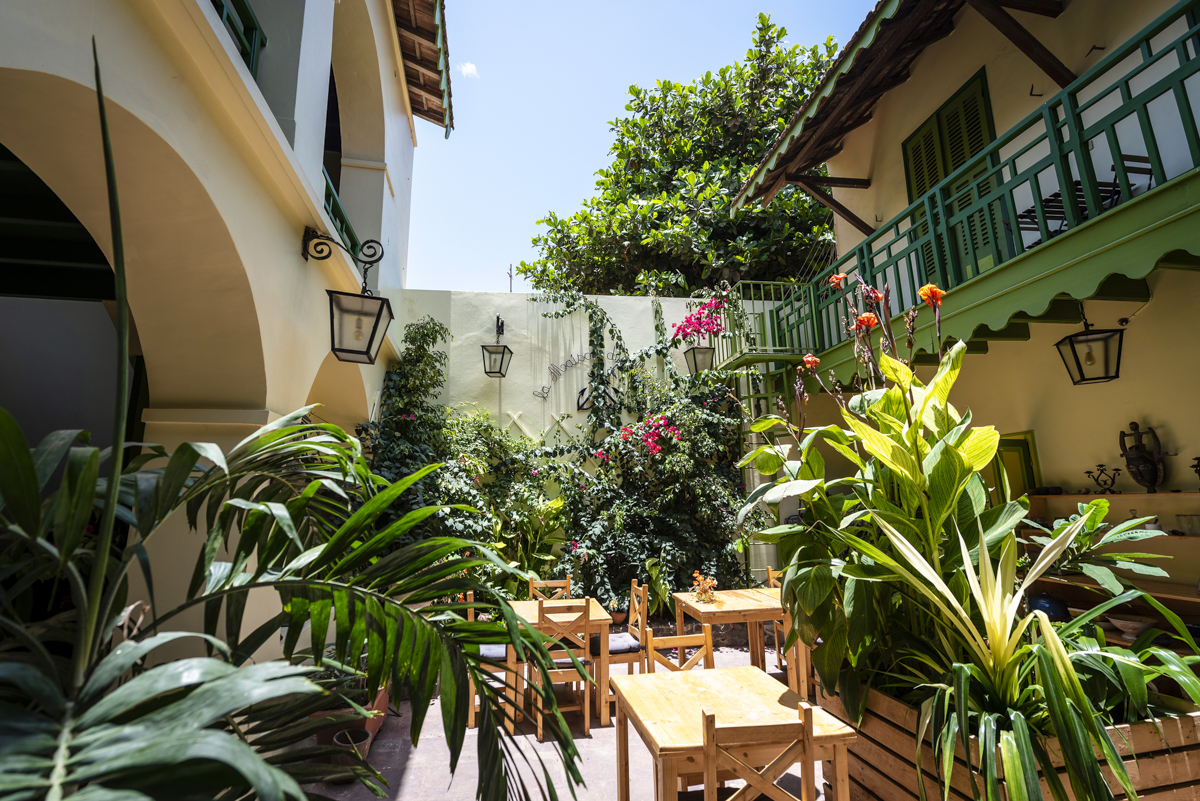
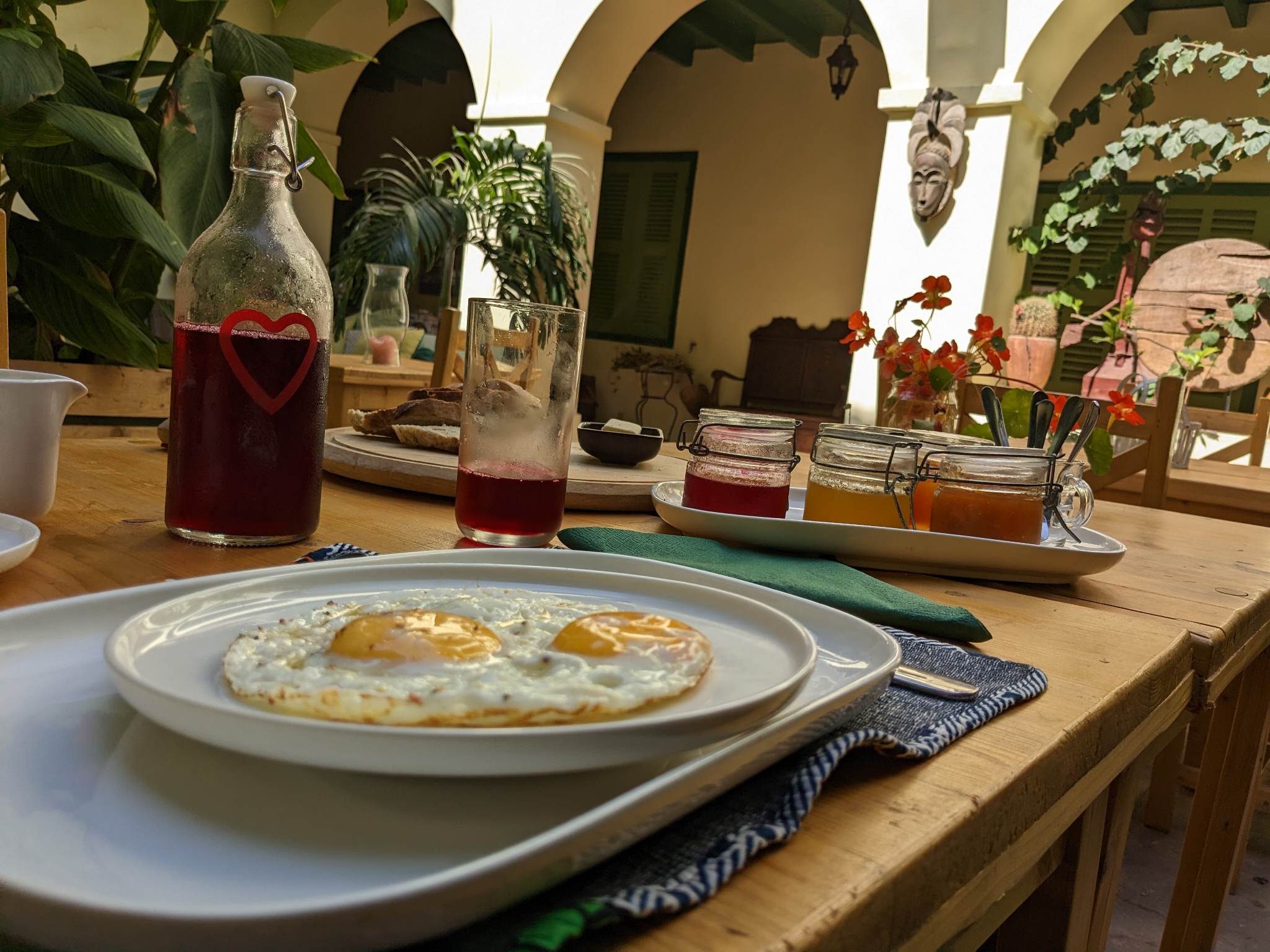
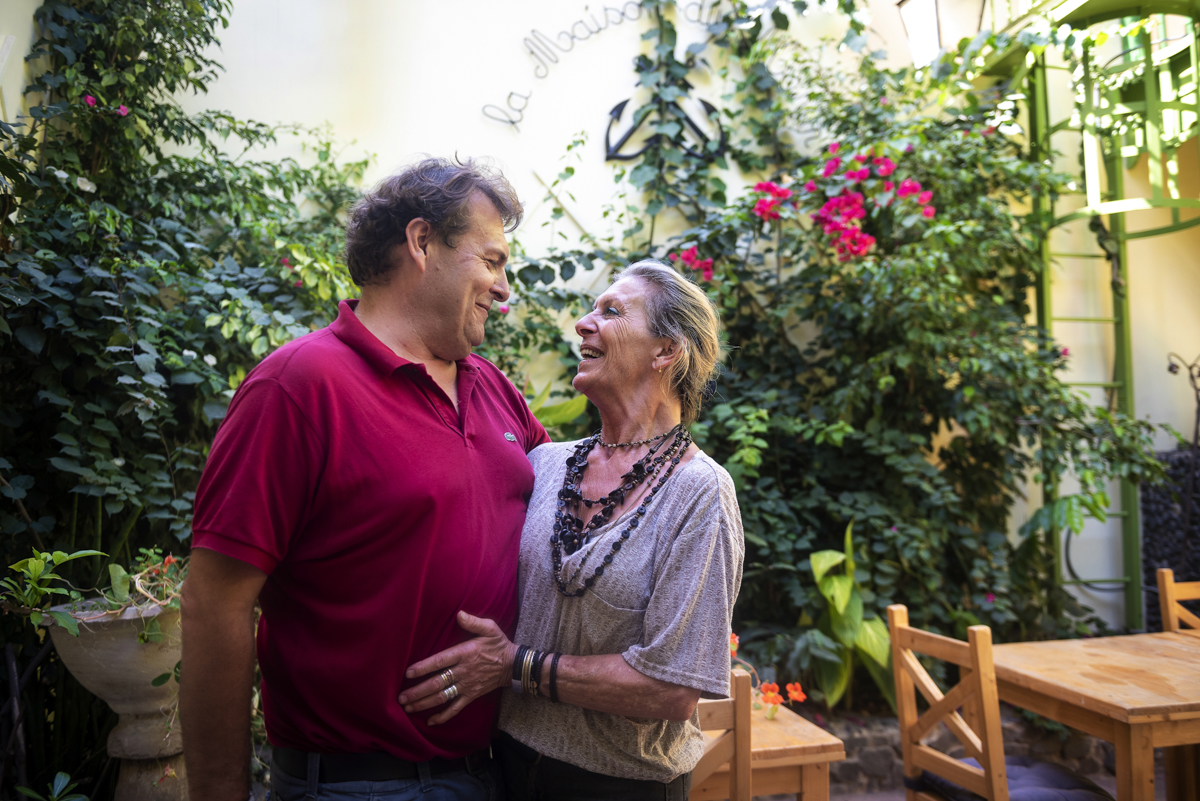
After a short and pleasant boat trip, everyone is dropped off on the pier near the beach. This is where most bars and restaurants can be found (there aren’t many). Afterwards you can start looking for your hotel, but since the island is tiny and most are located near the beach, this won’t be the most daunting of quests. I slept in La Maison du Marin in Rue de Malavois, and I had my reasons for it. This beautiful B&B was bought and then completely renovated by a Belgian couple from Brussels two years ago. Veronique and François are a hospitable bunch. When I arrived, Ramadan was just ending. As a result, every restaurant was closed and I turned out to be the only guest. The first evening they shared their dinner with me and the next day I was invited to Djibril’s – one of the neighbours – iftar party. The six rooms are spacious and clean, the breakfast is superb and they know just about everyone on the island. Often the local kids will be making their drawings in the cosy little courtyard. Lovely place to relax. www.facebook.com/lamaisondumaringoree/
Gorée Island’s dark past
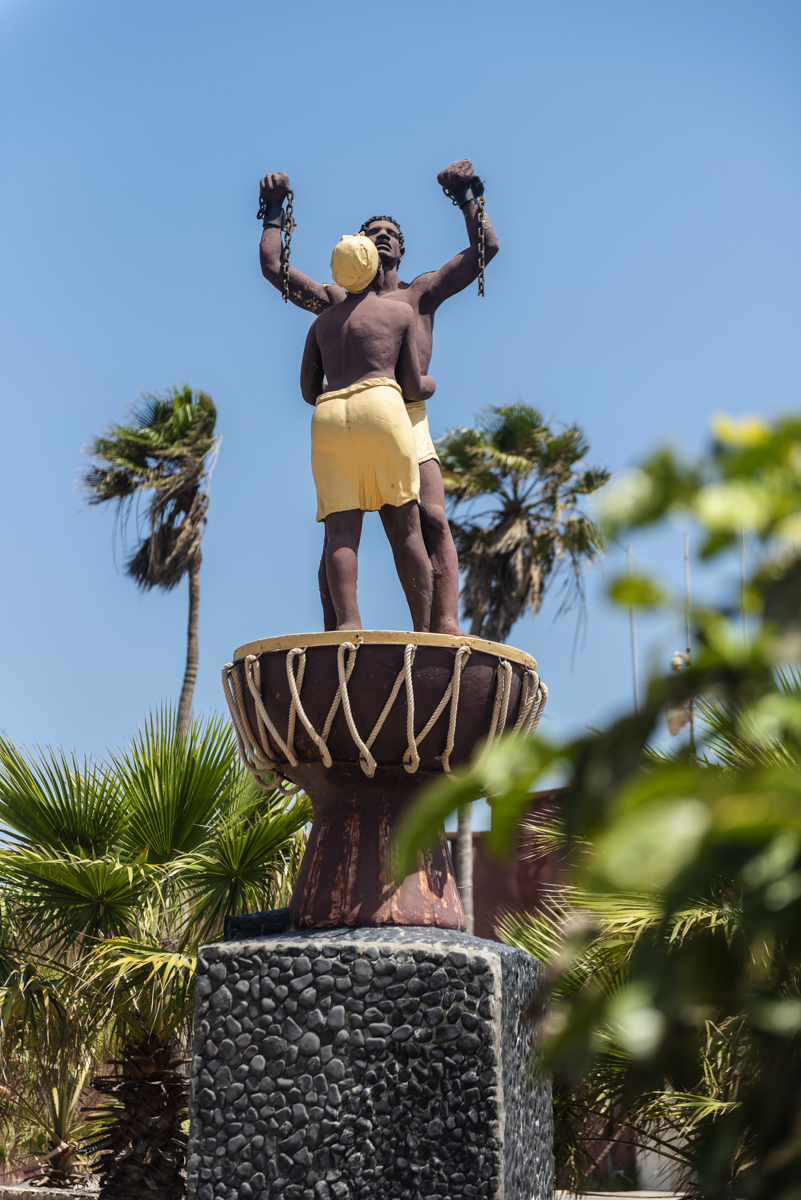
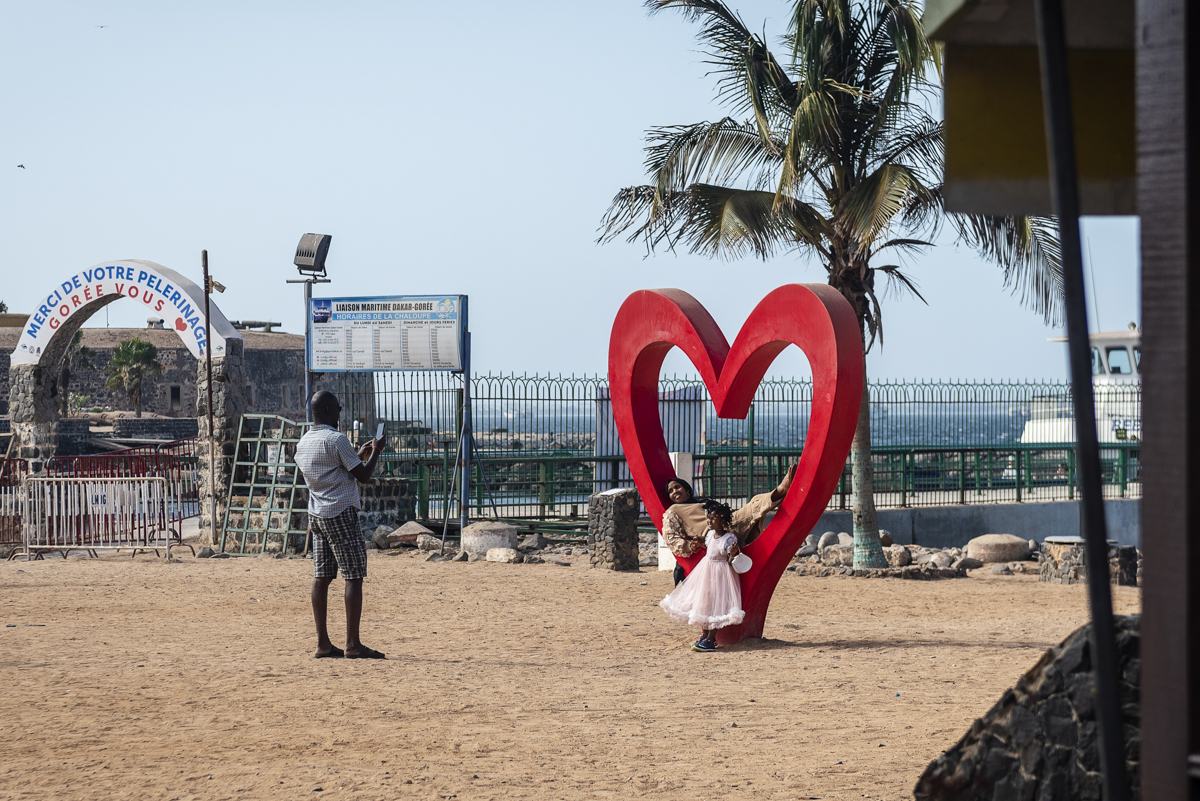
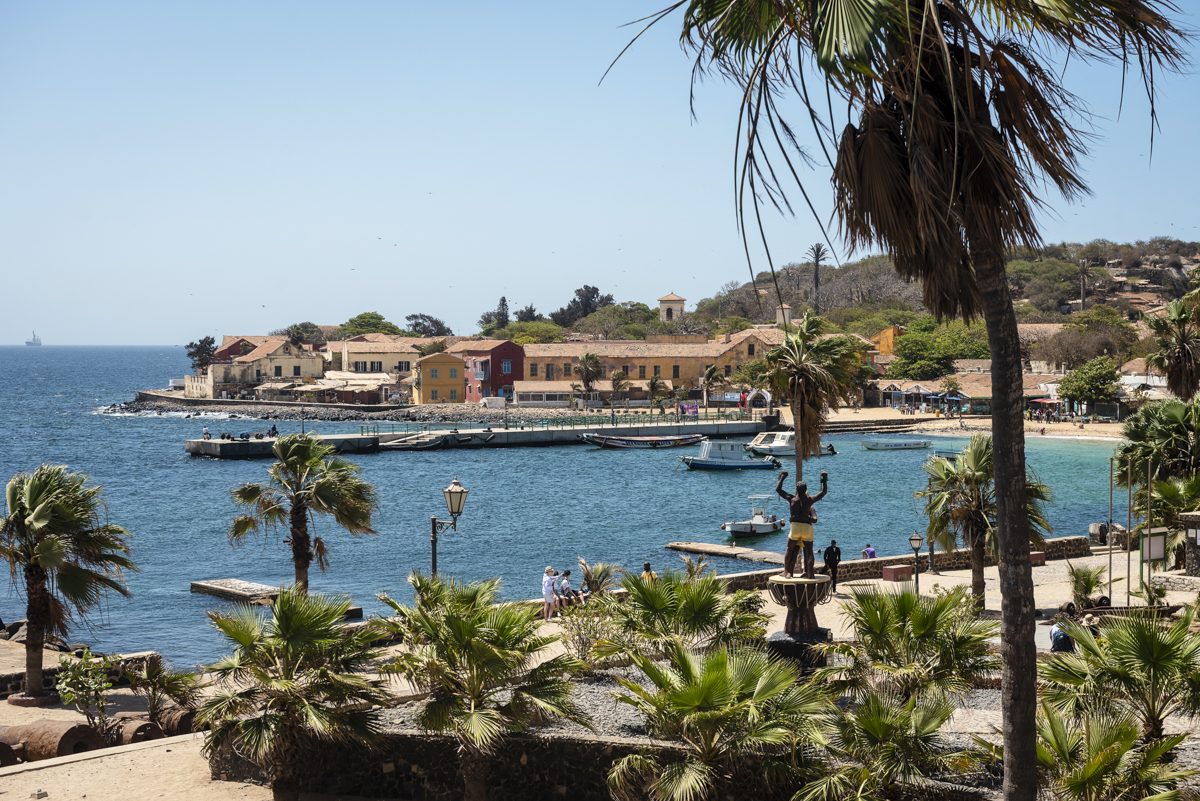
At first sight, Gorée is a paradise island. There are day trippers tanning on the beach, local children playing football on the town square and some old folks finding refuge from the sun under the central baobab. Idyllic place, but this wasn’t always the case. The first Westerners to come ashore here were the Portuguese in the 15th century. They were later driven out by the Dutch who named the island Goede Reede (the current name is still a corruption of this). In the centuries that followed, the whole place changed occupiers several other times, but its purpose remained largely the same. From 1536 to 1848*, Gorée island was one of the main hubs of the transatlantic slave trade. Thousands of West Africans were gathered here, hoarded onto cramped ships and taken to the new world. Many of them wouldn’t even make it to the destination.
*This is the year the French made slavery illegal.
Visiting La Maison des Esclaves
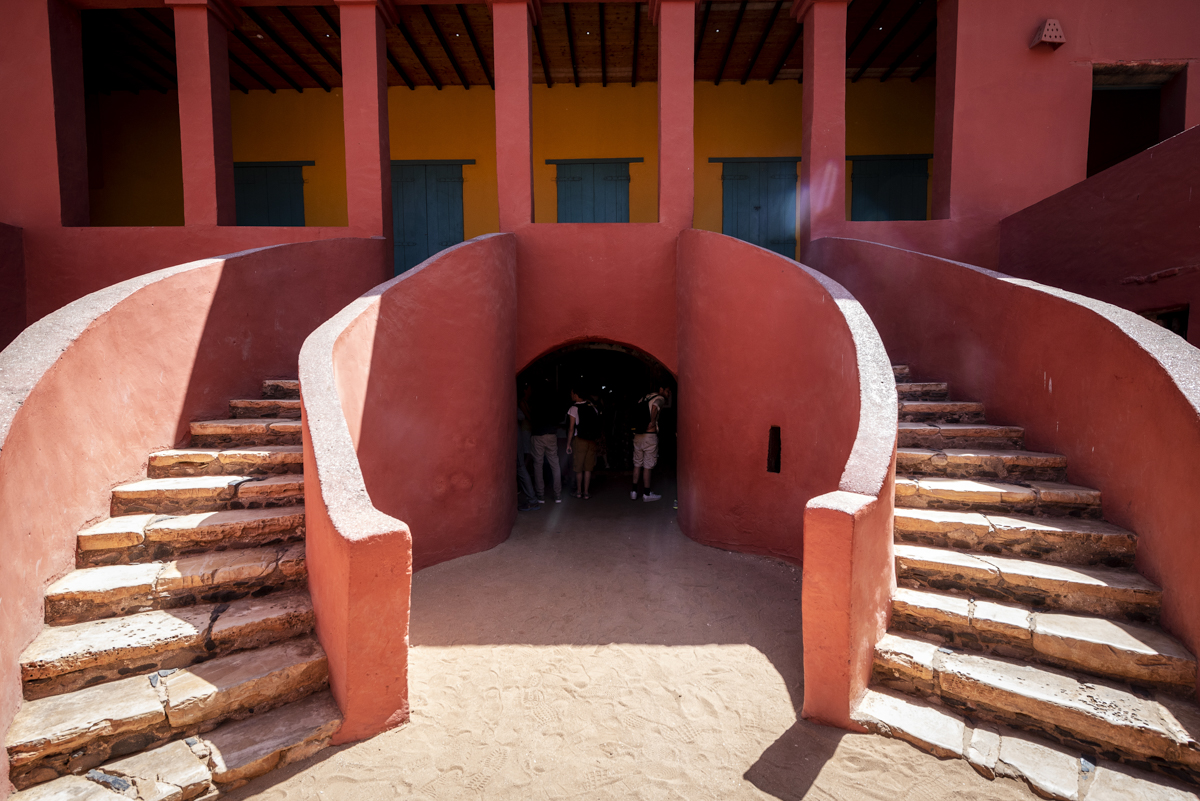
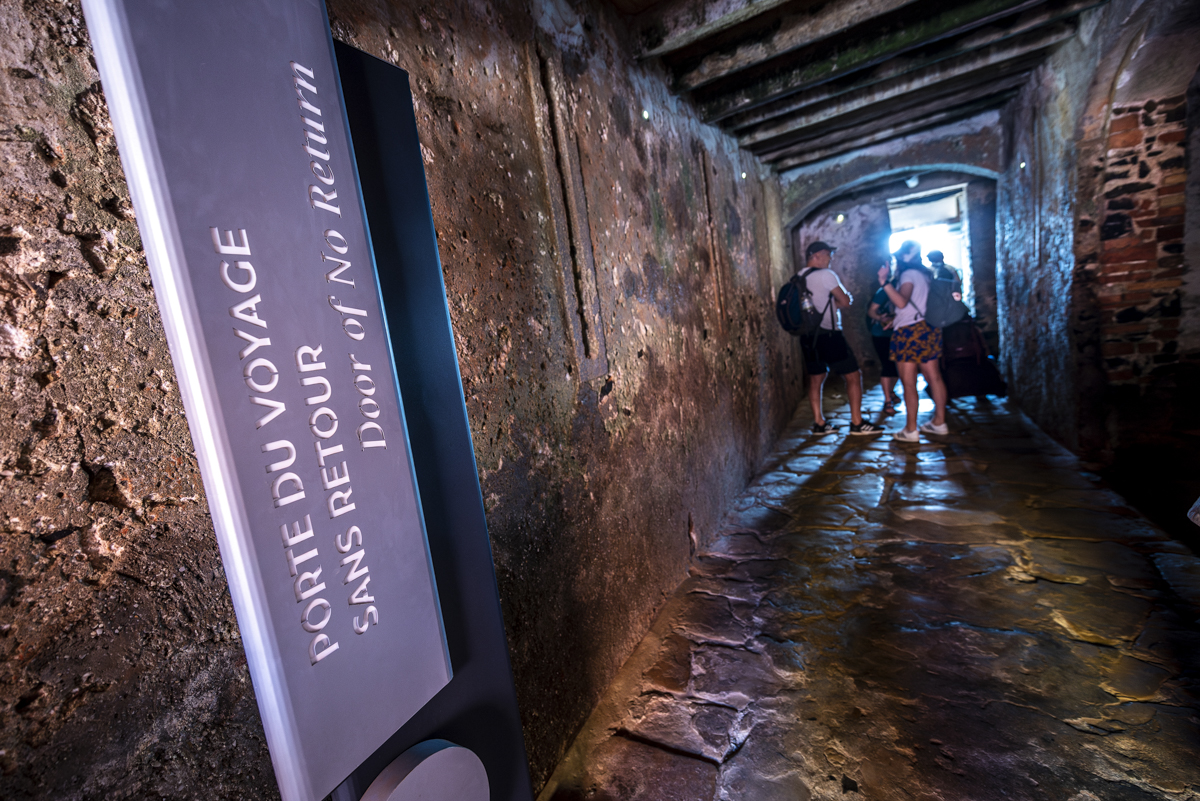

One of the most striking features of Gorée are the dozens of raptors constantly gliding over the island on the warm air currents surrounding it – according to my bird app, these are black kites. To have these birds fly boldly and free over your head while you’re held in some damp cell, must have caused immense sadness and frustration. La Maison des Esclaves is a building from 1786 and the only real highlight on Gorée in terms of museums*. This is where the slaves were imprisoned before they were forced on the ships. They were held in dark cellars you can still visit today. Most of these dungeons give out on a corridor leading to the sea: a literal Porte Sans Retour (“Door of no return”). This doorway was the last thing you would ever see of your homeland before you got on the boat. The brutal contrast of the cells with the ornate double staircase leading to the masters quarters could not be more cynical. A whole host of global leaders were shown around here: from Mandela and Arafat to Pope John Paul II and several American presidents. Although it’s usually very busy here and some tourists – read: idiots – will happily take selfies on the staircase, this is mainly a place to be quiet and pensive in. These weathered stones are silent witnesses of what mankind is capable of doing to itself.
*On Mondays all museums on Gorée are closed. Keep it in mind for a day trip.
Taking a walk on Gorée Island
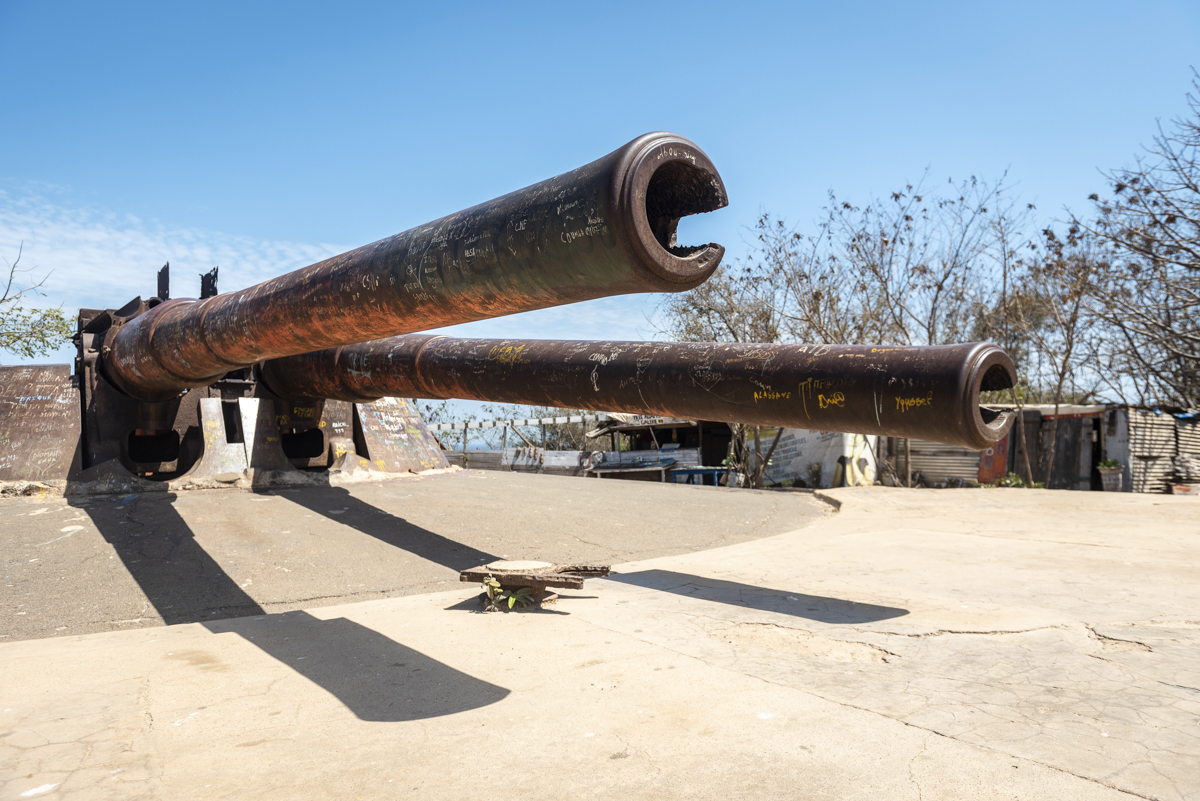
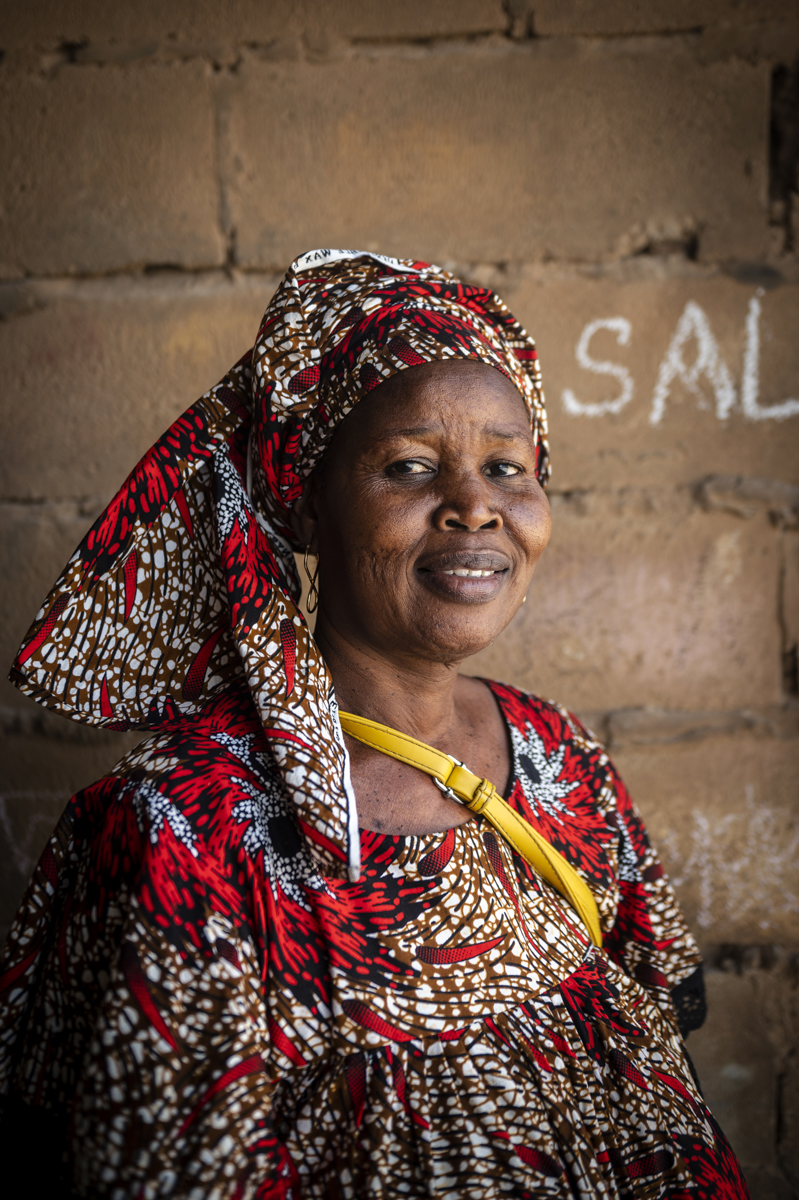
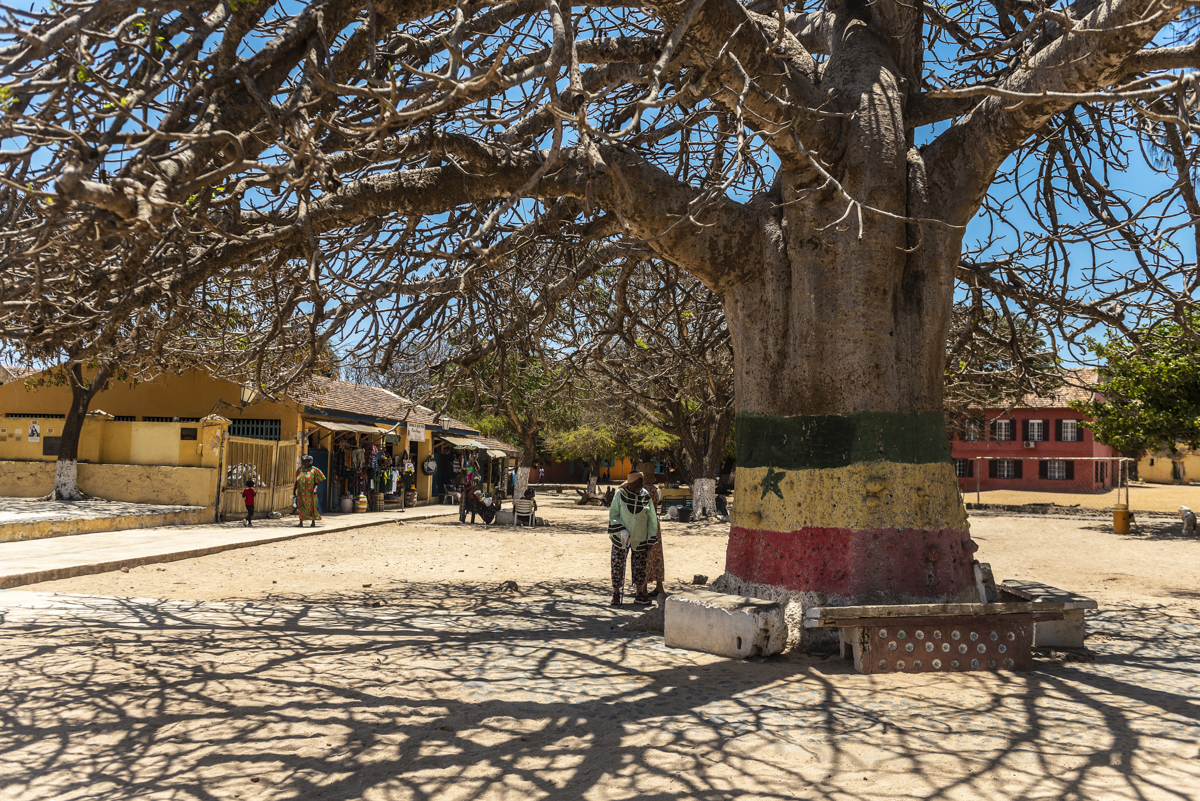
While the island has its horrid past to live with, today it’s remarkably peaceful. Everyone seems to get along, but everything is still divided into two somewhat separate communities. Along the beach and in the streets surrounding it, you’ll find the main town with several beautiful homes. The families living here are usually quite well off. When exploring the south of the island – it’ll literally take you less than ten minutes to get there – you can climb the French fortifications. A few hundred people are living here, many in self-made shacks, earning a living by selling souvenirs or doing some chores here and there. Two huge WWII naval cannons are rusting away on top of the hill, now completely covered in initials and declarations of love – which makes for a much more pleasant sight. A whole family is living under one of the two guns. This obvious poverty doesn’t make the island unsafe. Almost everyone will kindly greet you when walking by – being friendly yourself helps – and except for the aforementioned vendors, everyone will simply leave you be. If you actually want to buy some stuff, you’ll find some of the nicest handicrafts on top of the fortress. The incredible view on Dakar is free of charge. On the northernmost point of the island – on your left from the beach – you’ll find another fortress. This one is better preserved and houses a small ethnographic museum. Around the fort is the newly laid Place d’Europe, on which you’ll find La Buvette de la Liberté: my favourite food stand.
The bliss of doing nothing at all
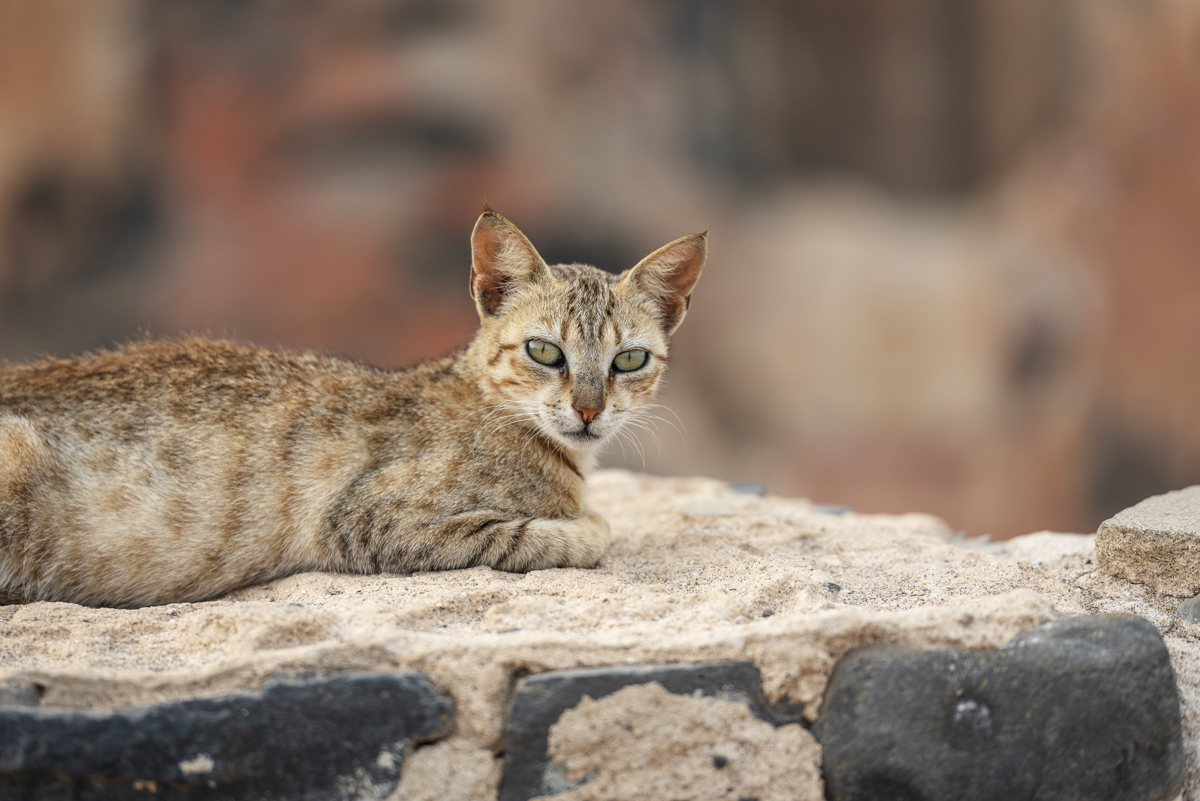
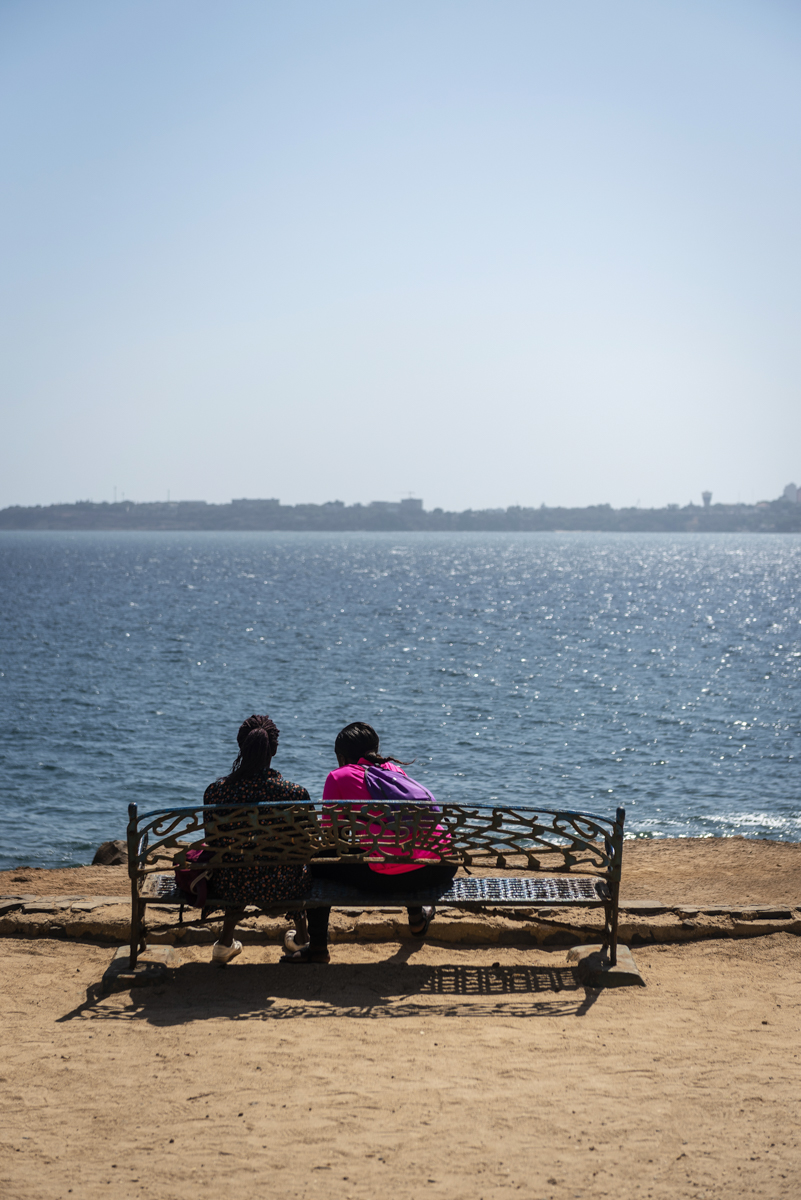
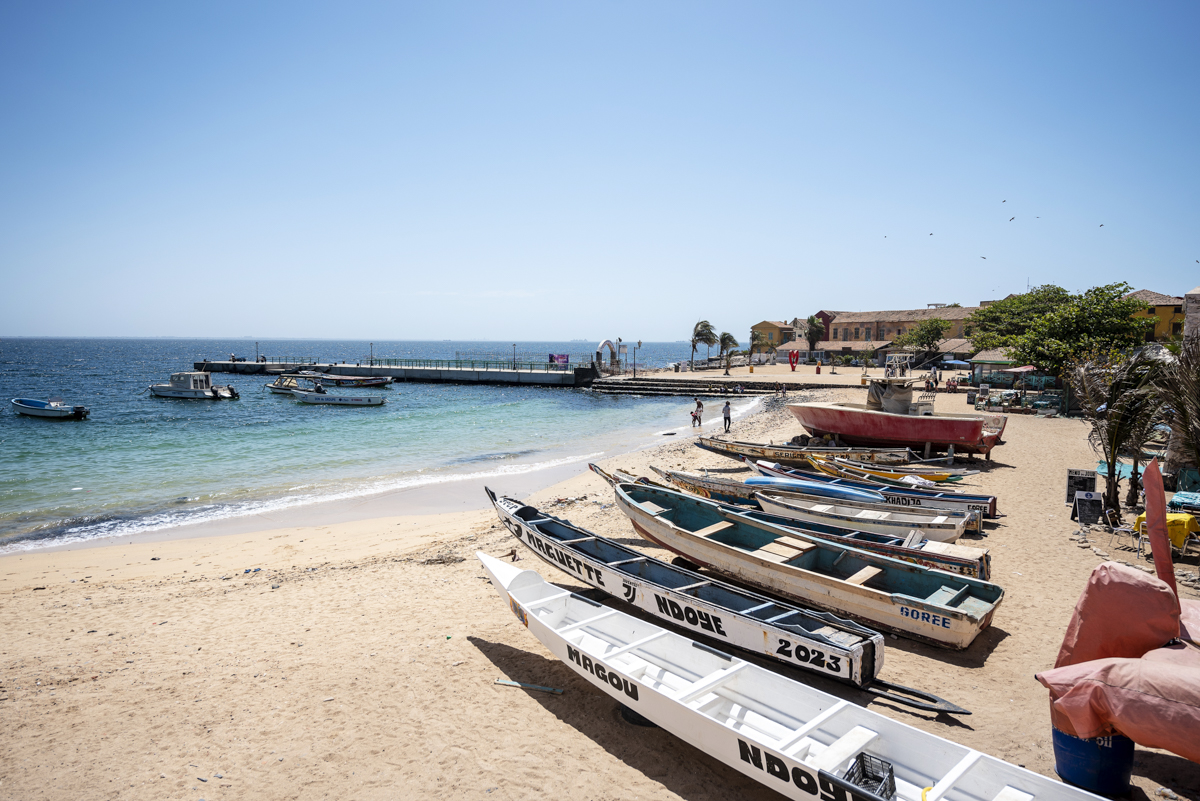
The more observant reader will notice I’m not listing too many sights here. Gorée is not the destination to see grandiose monuments or incredible nature. It’s above all a place to get away from it all for a while and just relax. No cars, no crowds, no noise – except for the ferry horn or the occasional kite screeching. The people here seem to live in their own little microbiotope, and take life as it comes – and that’s exactly what I did as well. So go for a stroll through the dusty little streets; have a chat with the granny in the doorway; read a book under some palm tree or try and pet one of the dozens of street cats loitering about all over the place. A holiday on Gorée Island is what you make of it. Despite all the ghosts of the past, the days pass by here like you’re floating in some lazily meandering river. And sometimes, a bit of aimless meandering is all you need in life.
There, that was all I had to say about my time on Gorée Island. Fancy some more Africa? Read my blog posts on Eswatini, Malawi, São Tomé or Kenya. Prefer a trip to Asia? Then read all about Delhi, Singapore, Hong Kong or Taipei.
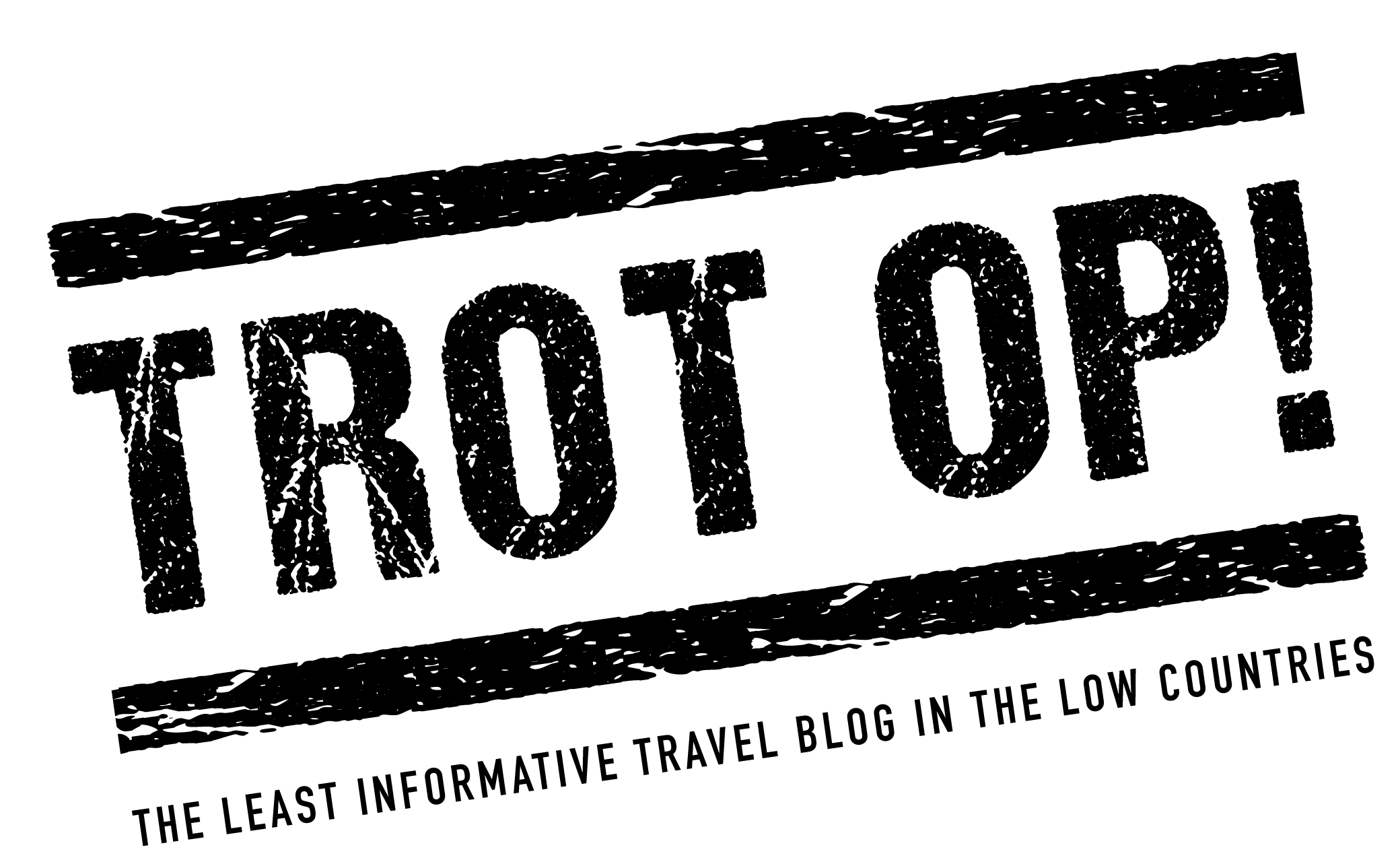











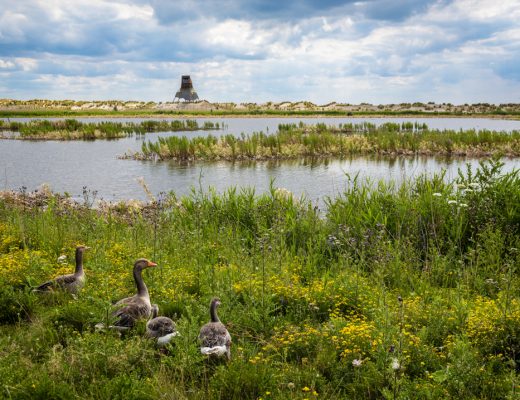



No Comments